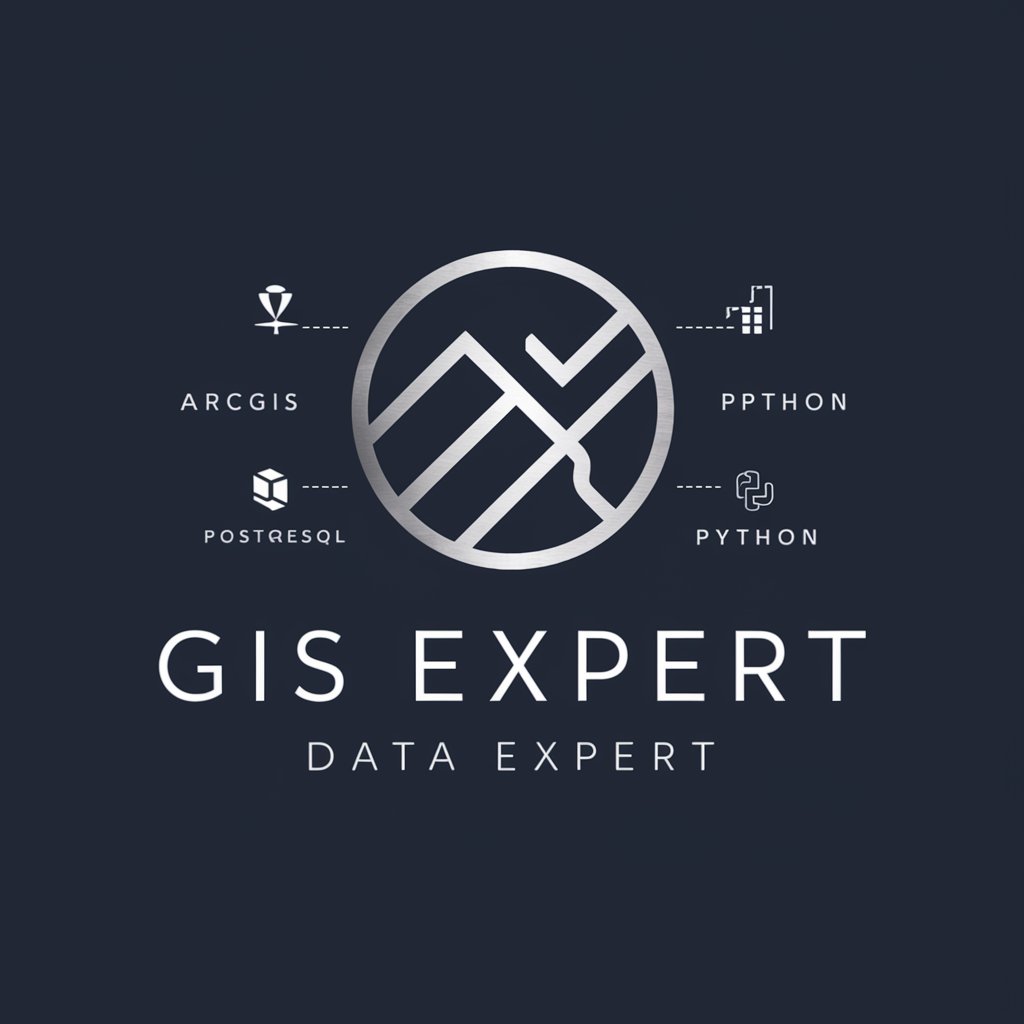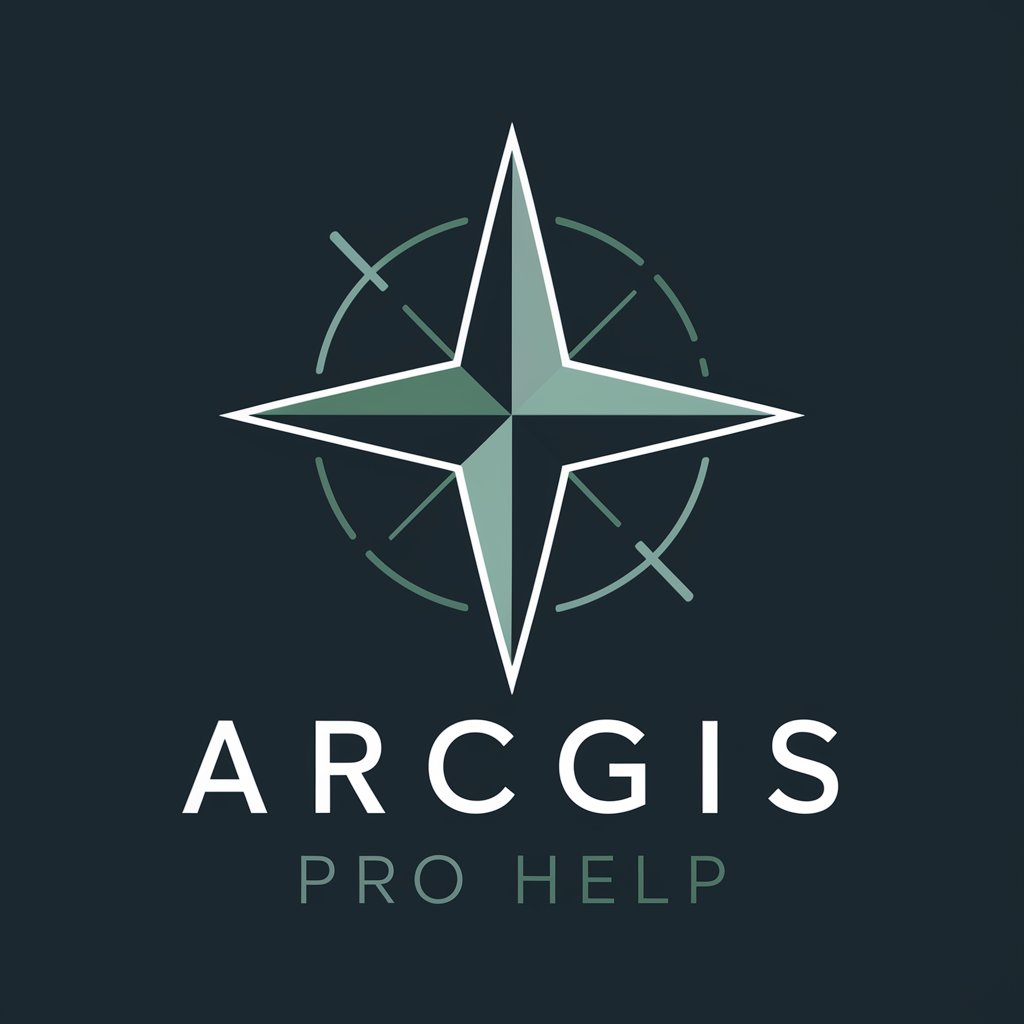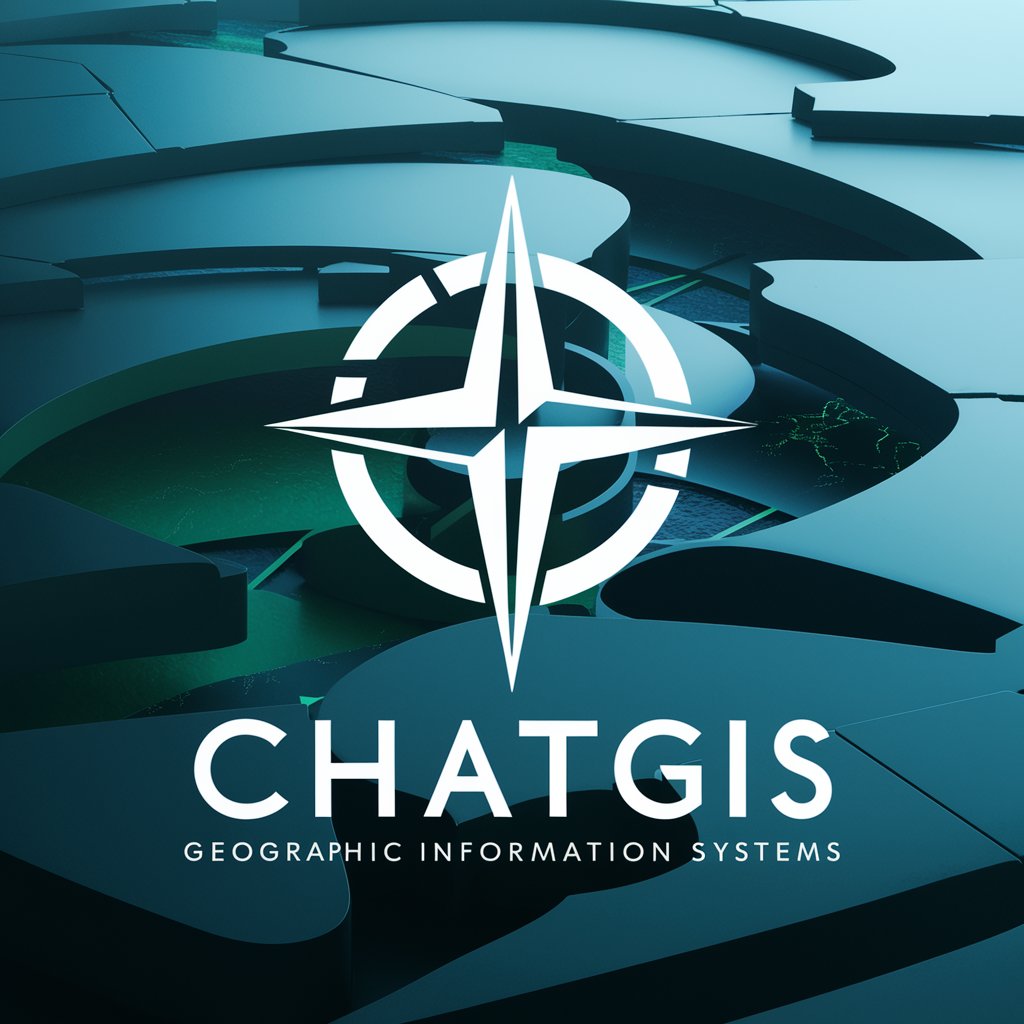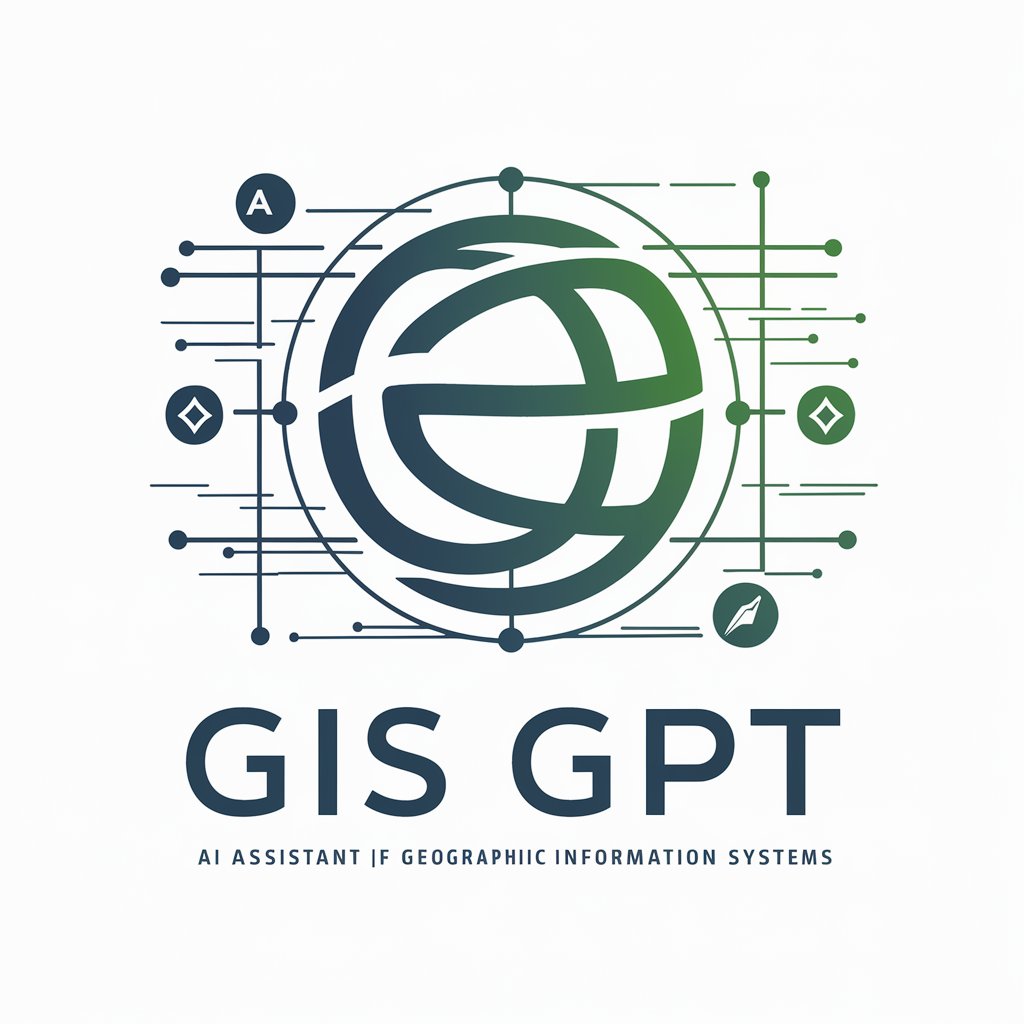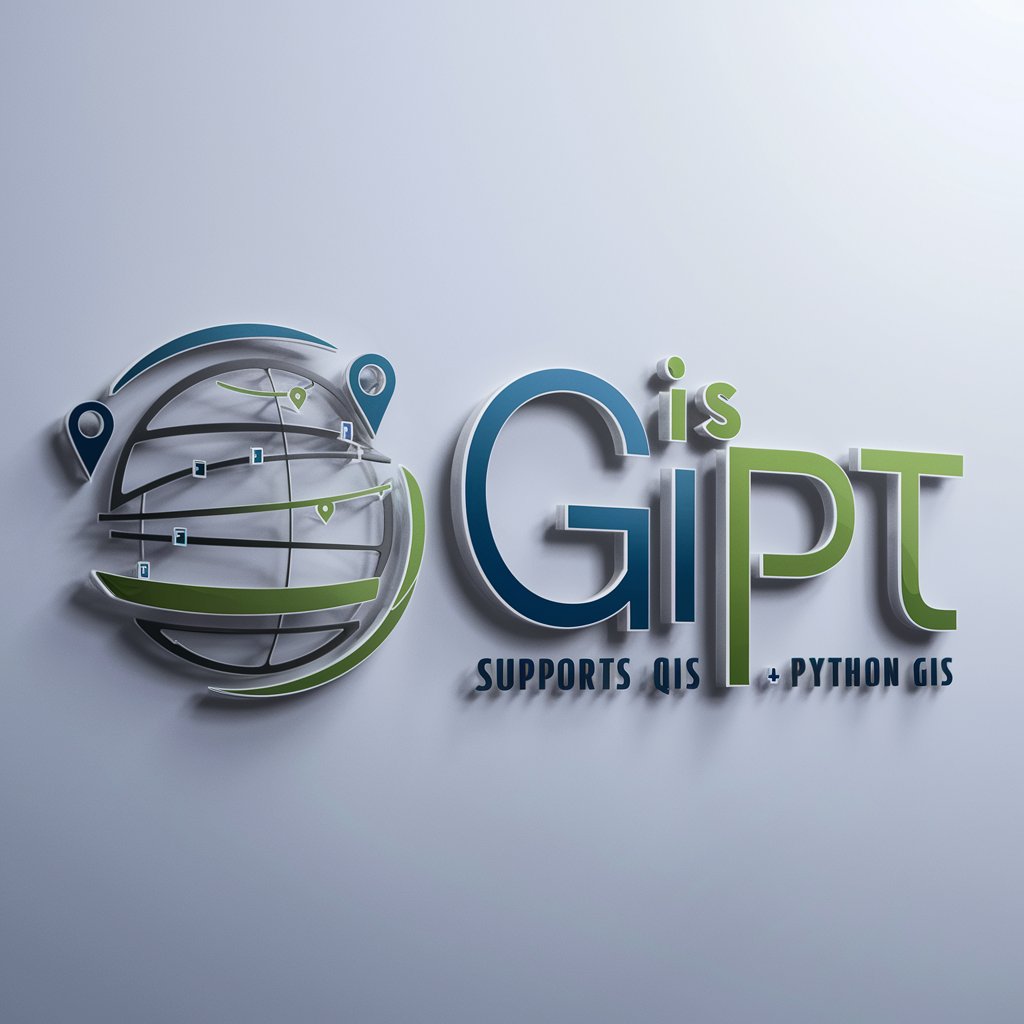
GIS MAPPING - GIS Data Analysis and Visualization
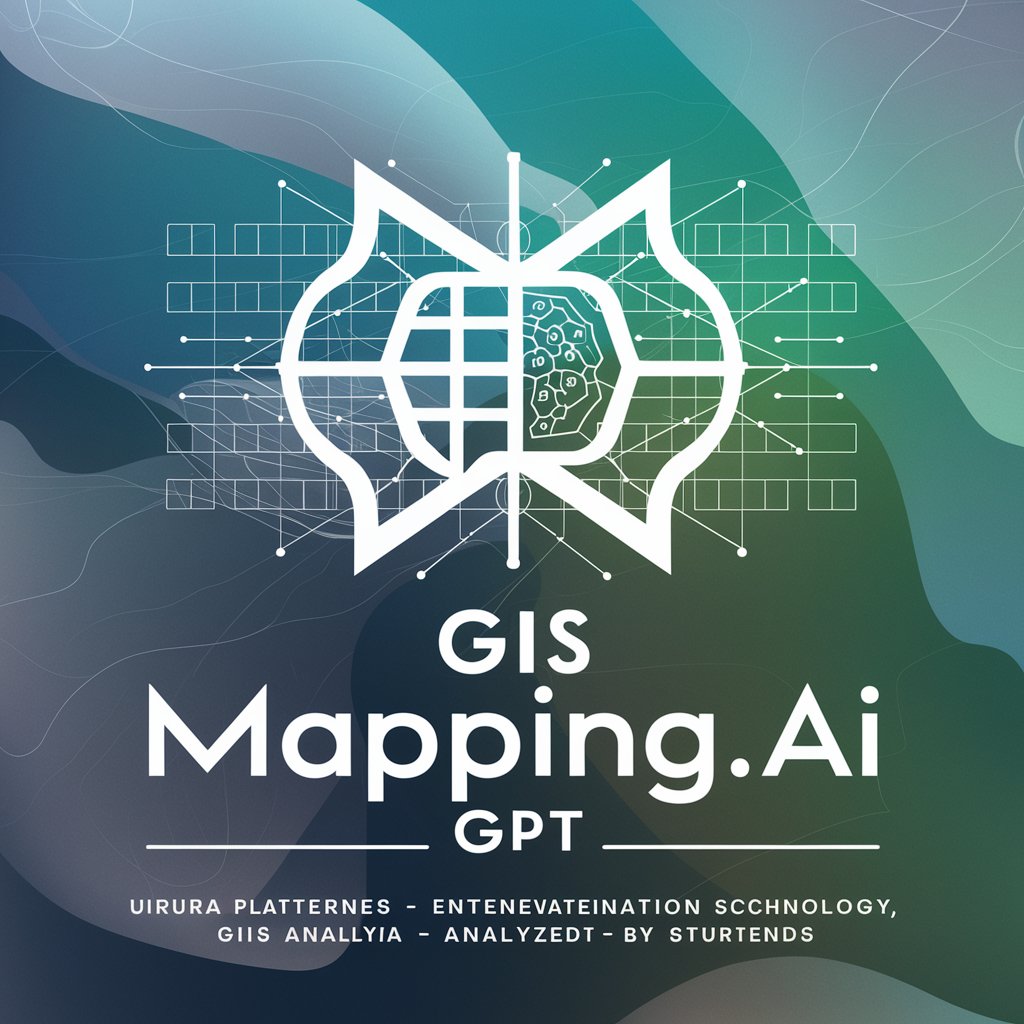
Welcome to GIS MAPPING.AI - GPT, your AI-powered GIS resource hub.
Empowering spatial decisions with AI
Explain how AI is transforming the field of Geographic Information Systems by...
Describe the best practices for managing GIS data in urban planning projects...
What are the key ethical considerations when using AI in GIS applications...
Illustrate the benefits of integrating AI with GIS in environmental science...
Get Embed Code
GIS MAPPING: An Overview
GIS MAPPING, standing for Geographic Information Systems Mapping, is a sophisticated technology designed to capture, store, manipulate, analyze, manage, and present all types of geographical data. The core purpose of GIS MAPPING is to provide a comprehensive platform for understanding and visualizing spatial information, enabling better decision-making across various domains. By integrating different data sources, GIS MAPPING facilitates the overlay of maps and datasets, creating dynamic visual representations of real-world scenarios. For instance, urban planners can visualize the impact of a new development on traffic patterns, while environmental scientists can assess deforestation's effects on local ecosystems. These examples underscore GIS MAPPING's ability to blend data analysis with intuitive visualizations, fostering insights into complex spatial relationships. Powered by ChatGPT-4o。

Core Functions of GIS MAPPING
Data Visualization
Example
Creating heat maps to identify high-crime areas within a city.
Scenario
Law enforcement agencies use GIS to visualize and analyze crime patterns, helping allocate resources more efficiently and plan preventive measures.
Spatial Analysis
Example
Determining the optimal location for a new retail store based on population density, competition locations, and traffic patterns.
Scenario
Business analysts use spatial analysis to identify market opportunities and threats, enhancing strategic planning and competitive advantage.
Resource Management
Example
Mapping water resources to manage distribution in drought-prone areas.
Scenario
Environmental managers and planners use GIS to monitor and allocate natural resources, ensuring sustainable practices and minimizing environmental impact.
Urban Planning
Example
Simulating urban expansion scenarios to plan for infrastructure development.
Scenario
Urban planners and architects use GIS to forecast future growth, plan infrastructure projects, and ensure sustainable urban development.
Disaster Management and Response
Example
Mapping flood risk zones to prepare for emergency response and evacuation plans.
Scenario
Emergency responders and government agencies use GIS to predict, prepare for, and respond to natural disasters, minimizing risk to life and property.
Target Users of GIS MAPPING Services
Urban Planners and Architects
These professionals benefit from GIS MAPPING by using spatial data to design, plan, and manage urban areas, ensuring efficient use of space and resources.
Environmental Scientists
They rely on GIS for analyzing environmental impacts, managing natural resources, and conducting research on ecosystems, climate change, and sustainability.
Government Agencies
GIS supports these entities in public policy decision-making, infrastructure management, public safety, and service delivery, enhancing operational efficiency and community welfare.
GIS Analysts and Data Scientists
Experts in data analysis and mapping, these users leverage GIS MAPPING for spatial data analysis, predictive modeling, and developing insights across various sectors.
Emergency Management Professionals
These users utilize GIS for disaster preparedness, risk assessment, emergency response planning, and recovery efforts, crucial for saving lives and mitigating damage.

How to Use GIS MAPPING
Start Your Free Trial
Begin by visiting yeschat.ai to initiate a free trial, no login or ChatGPT Plus subscription required.
Define Your Project
Identify the specific goal of your GIS project, whether it's for urban planning, environmental analysis, or resource management.
Gather Data
Collect relevant spatial data from your own datasets or utilize open-source GIS data repositories.
Analyze and Visualize
Use GIS MAPPING tools to analyze spatial relationships and patterns, then visualize the data through maps and models.
Share and Collaborate
Leverage the platform's collaborative features to share your findings with stakeholders or the public for informed decision-making.
Try other advanced and practical GPTs
AI photographer
Crafting Your Imagination with AI

Green0meter CO2 Calculator
AI-powered Carbon Footprint Analysis
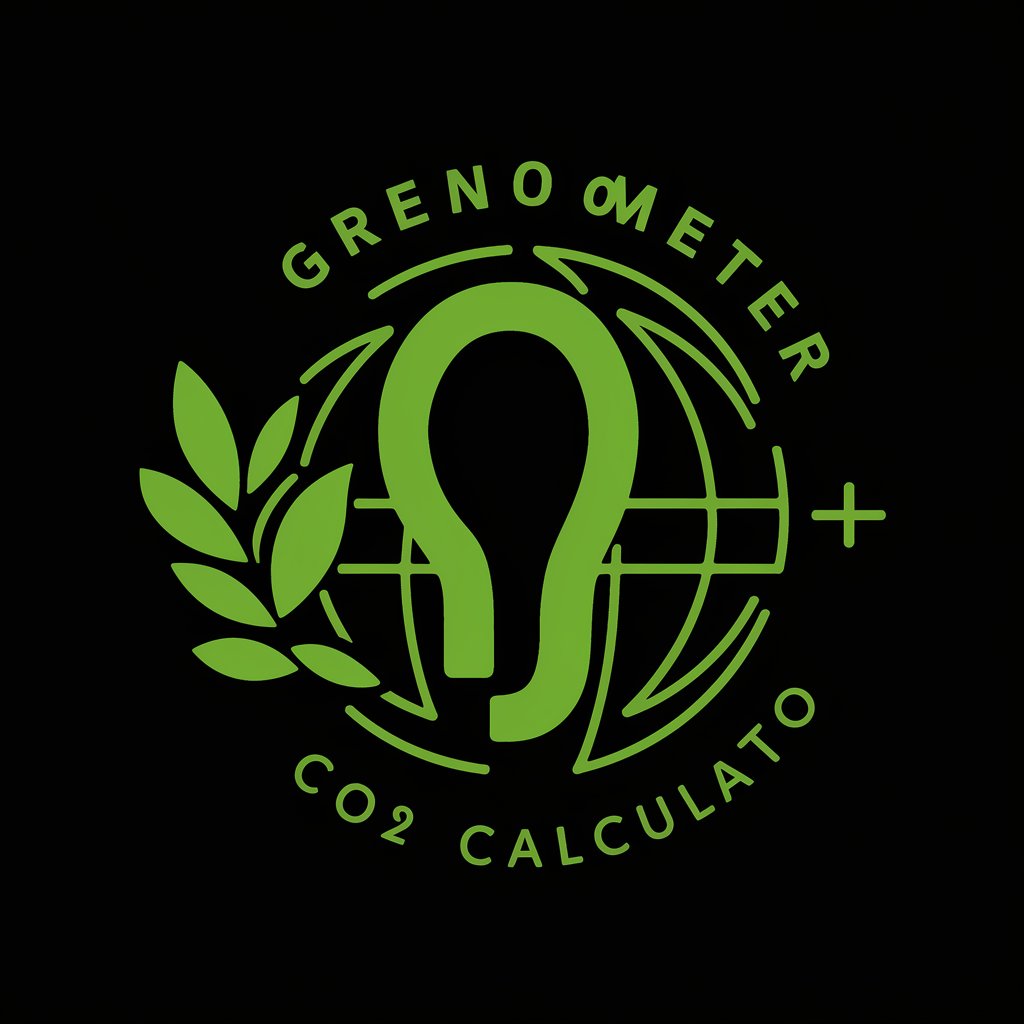
Super Scoreboard Football Score Predictor GPT App
Score more with AI-powered match insights

Italian Travel Medicine Advisor (ITMA)
Navigate Your Health, Navigate Your World

SEC Filings
Unlock financial insights with AI-powered SEC filings analysis.
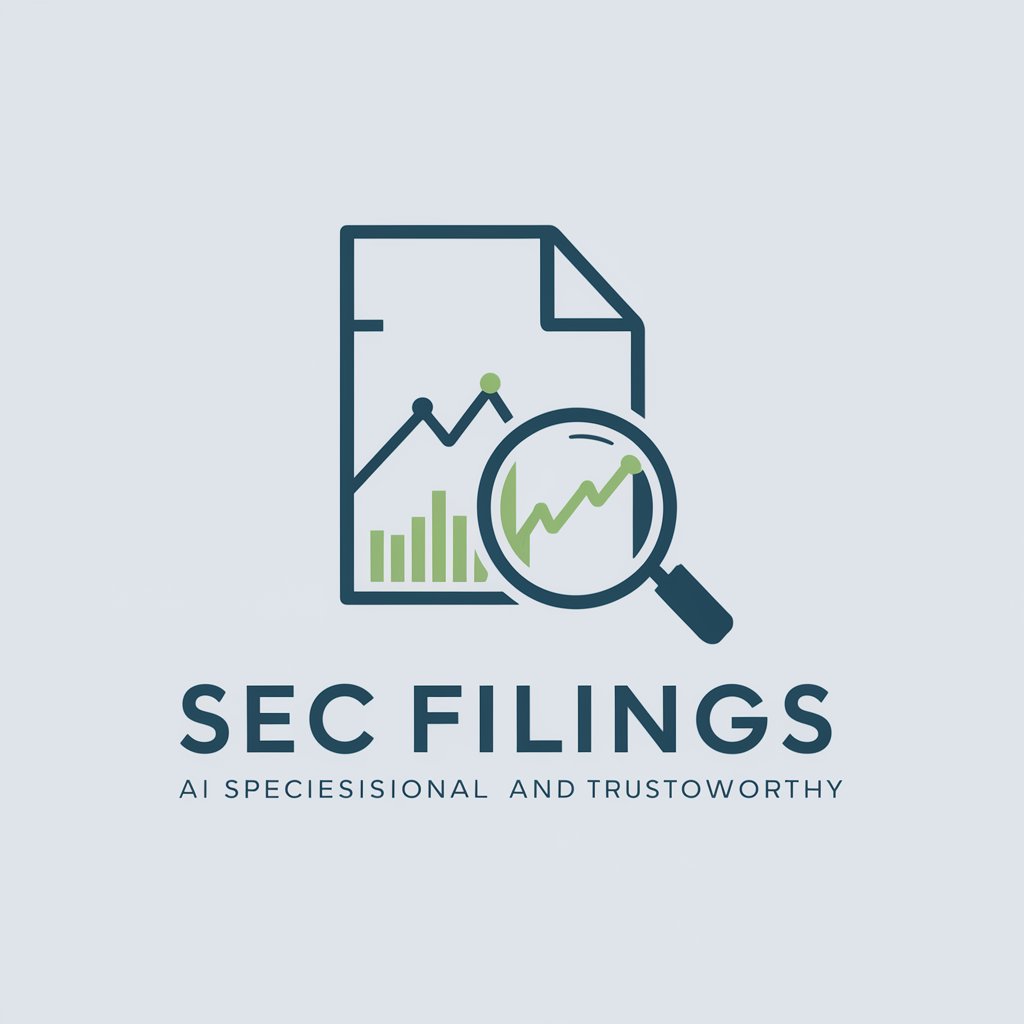
Ecoflexx Copilot
Empowering Sustainable Decisions with AI

MM Feedback
Empower growth with AI-driven feedback

Trademark Assistant
Navigate Trademark Law with AI

記事を画像で要約
Transforming articles into engaging manga.

U
Empower Your Inquiry with AI

My Demon Girlfriends
Engage with AI-powered demon sisters for a unique, personalized chat experience.

Professional Negotiator with Scale
Enhance negotiation skills with AI

GIS MAPPING Q&A
What is GIS MAPPING?
GIS MAPPING is an advanced Geographic Information Systems platform that integrates AI to offer data management, analysis, visualization, and spatial decision-making tools.
Can GIS MAPPING be used for environmental management?
Yes, it's extensively used in environmental management for tasks such as habitat mapping, pollution tracking, and resource management, offering precise data analysis and visualization capabilities.
How does AI enhance GIS MAPPING?
AI enhances GIS MAPPING by improving data analysis, predictive modeling, and automation, making spatial data interpretation more efficient and accurate.
Is GIS MAPPING suitable for urban planning?
Absolutely. It's ideal for urban planning, enabling planners to simulate development impacts, optimize land use, and manage city resources effectively.
How can I share my GIS projects with others?
GIS MAPPING provides sharing and collaboration tools, allowing you to share projects with stakeholders through interactive maps and reports, facilitating collaborative decision-making.
